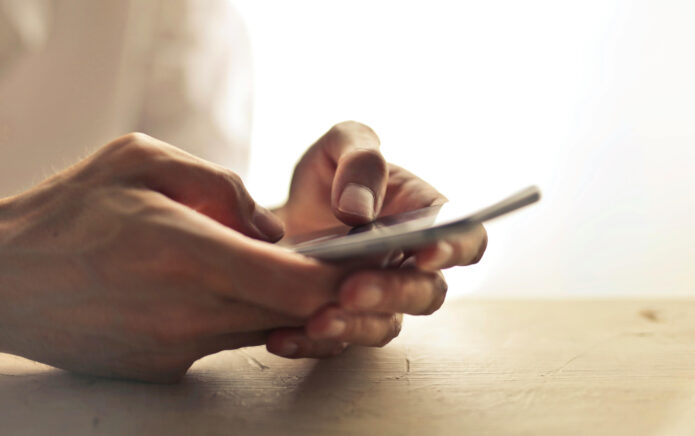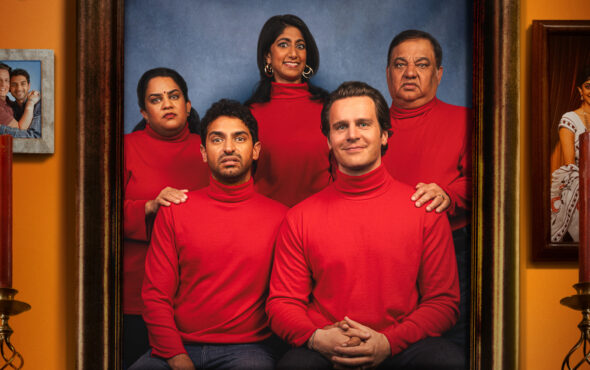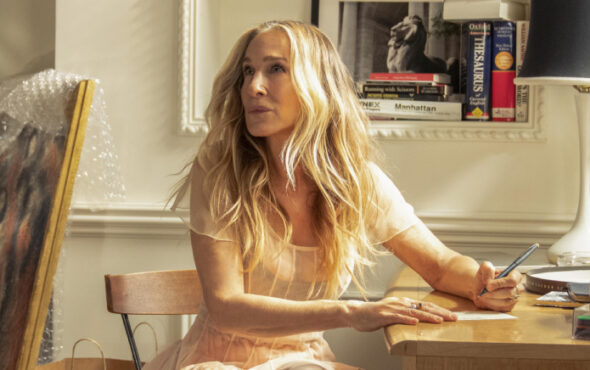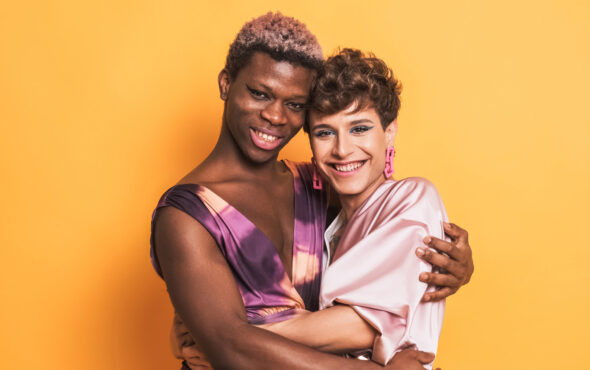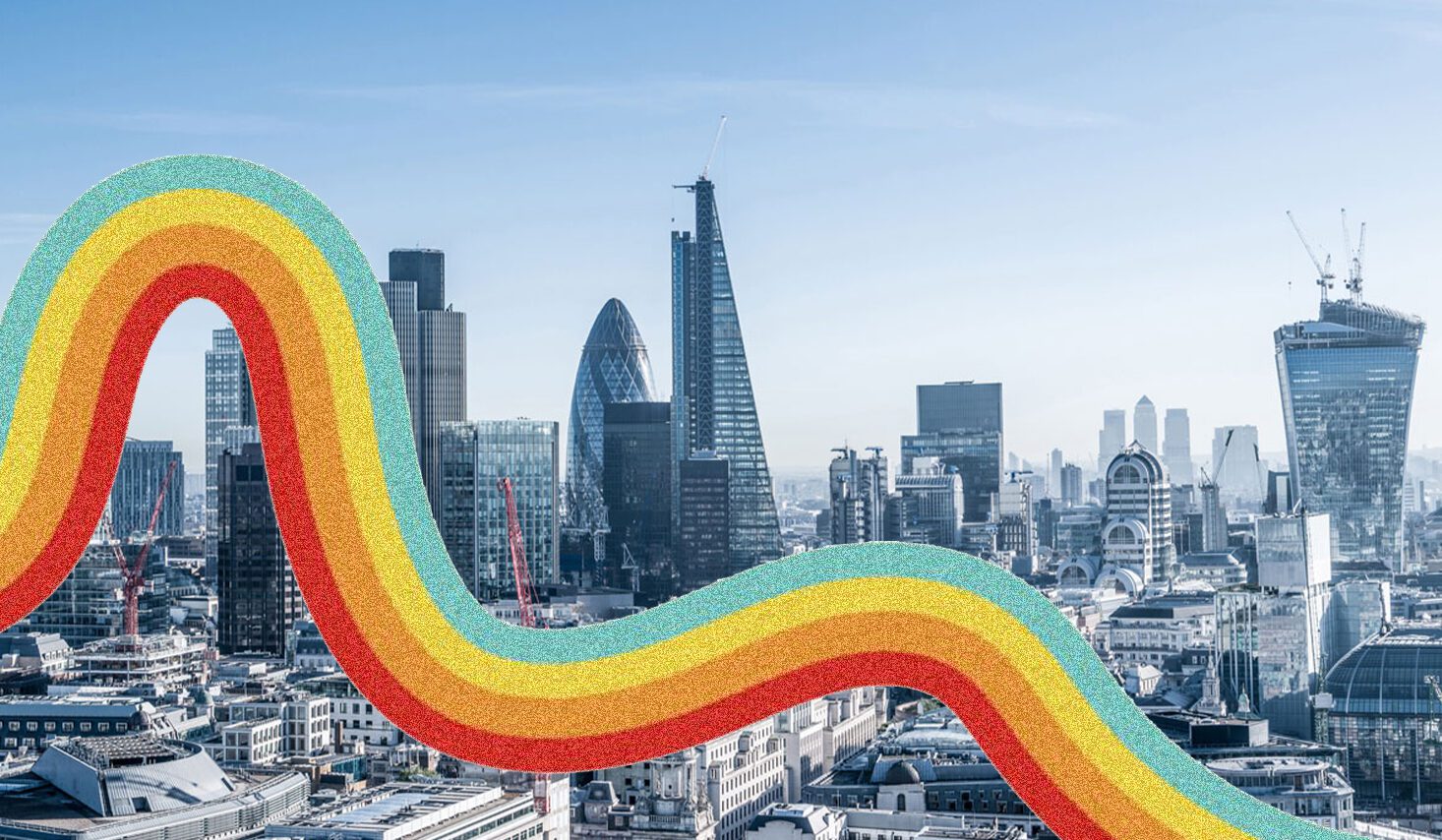
When one thinks of London, they think of the hustle and bustle of a fast-paced city. The wonders of its multiculturalism, and the beauty of its diversity. People may also think of its thriving LGBTQIA+ culture, and the important locations in London that served as safe spaces for members of this community throughout history, for example the London School of Economics where the Gay Liberation Front (GLF) was initially founded in 1970. London as a city is known for its pivotal position in forwarding the LGBTQIA+ rights movement.
However, being LGBTQIA+ in this city isn’t always as easy as one would think.
I do want to recognise the very real privilege that comes with being LGBTQIA+ and living in London. This is a reality I would never neglect to acknowledge; I know that my life as a gay man in this city is in many ways much easier than it is for those who live in other cities, other towns, or other countries. I have access to LGBTQIA+ culture in a way that many others don’t, and for that I am deeply grateful.
But my experience isn’t as clear cut as one might think. Having a fun night out in Soho is all well and fine, but being LGBTQIA+ in this city is much more than just that. I grew up in Barking and Dagenham, an outer city borough. When I was young, it was a very homophobic space to exist in. There was no representation, and everything LGBTQIA+ in my local environment had deeply negative connotations.
Going through school in London was an experience to say the least; homophobia was normalised and extremely commonplace, significantly impacting my mental and emotional wellbeing as an LGBTQIA+ pupil. Sayings like “that’s so gay” were used in a pejorative way, and were prevalent in most London primary and secondary schools. I know many LGBTQIA+ peers of mine that speak about the difficulties they experienced during that time. Not only was casual homophobia an everyday occurrence, but many of us received very little support from our teachers and schools. In my experience, I watched as teachers saw us subjected to anti-LGBTQIA+ bullying and did nothing to stop it.
There was also a massive disparity in the ways in which LGBTQIA+ people could exist in the outer city space. I notice this difference in my lived experience still to this day. A 45-minute train journey from Soho to Barking will result in a complete shift in expression. You go from seeing gay couples being open about their romantic relationships on the street, to an environment where these same public displays of affection could result in homophobic abuse.
Being from an ethnic minority background, there were also various social challenges I had to face growing up within the outer-London space. Not only did I have to think about the realities of the homophobia perpetuated in Britain, both today and in its history, I also had to navigate a cultural homophobia that existed within my familial space and circle. A cultural homophobia that dictated problematic narratives about what it meant to be LGBTQIA+, conceived in Kosovo, but still impacting me during my upbringing in London.
Thus, when speaking about the experiences of LGBTQIA+ people in London, we need to take many aspects into consideration. While London has been a safe haven for many LGBTQIA+ people fleeing discrimination, whether from different towns and villages in this country or from repressive regimes from around the world, the experiences of LGBTQIA+ people in this city are also linked to their socio-economic, ethnic, religious and racial backgrounds. It is paramount that we apply an intersectional approach to understanding people’s lived experiences in this city, and not make blanket assumptions because of where a person is born and raised.
Sadly, as a 25-year-old man, I still have many anxieties when it comes to expressing my identity openly in many parts of our city. Being free in Soho, parts of Dalston and other LGBTQIA+ safe spaces throughout London is fantastic and necessary, but I can’t help but feel boxed in, bordered away from the rest of London, a London that I am also entitled to as well.
But this is a collective problem that extends beyond LGBTQIA+ people. What’s beautiful about LGBTQIA+ people is that we exist in every single type of group, whether that be racial, ethnic, religious, or political. Most people reading this piece will know an LGBTQIA+ person, and so making London a better place for them should be important for all of us.
Let’s make London the city I know it can be. Where the diversity of our wonderful city becomes our strength. Where young LGBTQIA+ people in outer-London city schools aren’t raised hearing disparaging words about their identities. Where same-sex couples don’t have to unlock arms the moment they reach a certain tube station. Where we can exist in a city that belongs to us all.
Just Like Us is looking for volunteers, with training dates available in London from 28 to 29 October – if you’re LGBTQIA+ and aged 18 – 25, sign up here!
